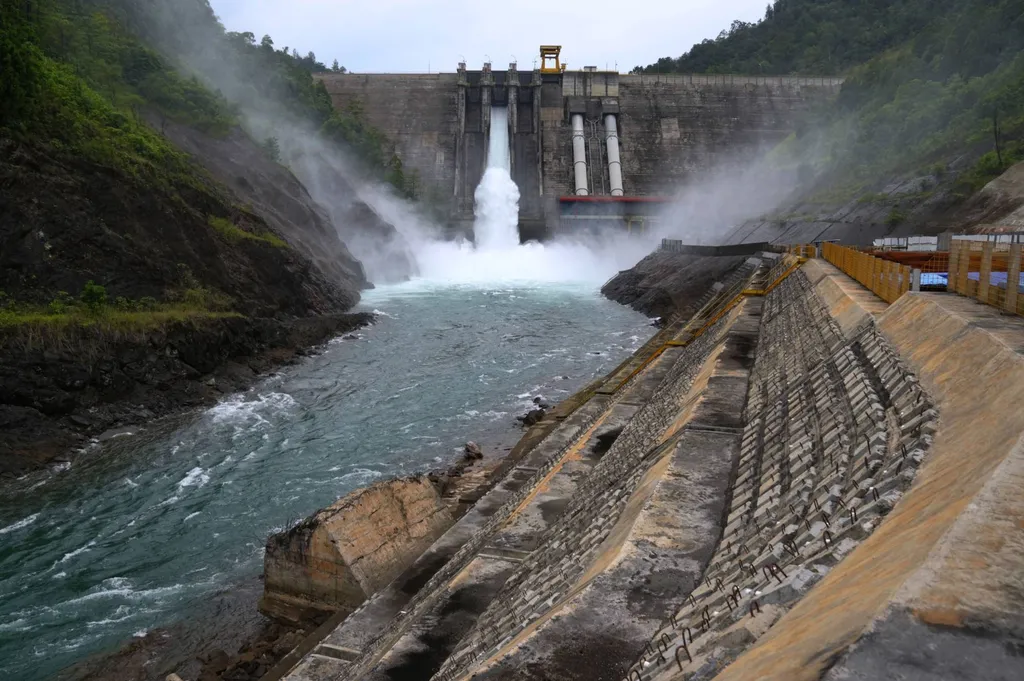In the heart of Indonesia, a silent crisis has been brewing within the water supply systems, one that has been steadily draining resources and efficiency. Non-Revenue Water (NRW), or water loss, has been a persistent challenge, and in Balikpapan, it reached a staggering 26% in February 2024. However, a recent study led by Rachman AS Ali from the Department of Civil Engineering at Hasanuddin University is shedding light on a promising solution: optimizing District Metered Areas (DMA).
The study, published in the E3S Web of Conferences (which translates to Environmental, Energy, and Sustainable Web of Conferences), focuses on Perumda Tirta Manuntung Balikpapan (PTMB) and offers a beacon of hope for water management strategies worldwide. Ali and his team delved into the main factors causing water loss, evaluated the effectiveness of DMA implementation, and identified the technical and managerial challenges in optimizing these areas.
“DMA installation and optimization can significantly minimize water loss,” Ali asserts. The study’s findings are compelling, demonstrating that the application of methods like the step test, sounding, and infrastructure improvements can yield remarkable results. In the Perum WIKA Sub Zone, for instance, the leakage rate plummeted from 29.98% to 15.78% after implementing these strategies.
The implications for the energy sector are substantial. Water loss not only strains resources but also impacts the energy required for water treatment and distribution. By reducing NRW, utilities can lower their energy consumption, leading to cost savings and a smaller carbon footprint. “A zoning-based strategy through DMA can improve the efficiency of water distribution management, detect leaks faster, and reduce physical and non-physical water losses,” Ali explains.
However, the journey towards optimized DMA is not without its hurdles. The study highlights challenges such as limited human resources, aging infrastructure, and the lack of real-time monitoring technology. To overcome these obstacles, Ali recommends data-based water management policies, institutional strengthening, and the integration of digital technologies like the Internet of Things (IoT) for continuous monitoring of water pressure and discharge.
This research is poised to shape future developments in water management, offering a sustainable solution that could be replicated in urban areas worldwide. By embracing DMA optimization and leveraging advanced technologies, the water and energy sectors can work hand in hand to create a more efficient, sustainable future. As Ali’s study demonstrates, the path to reducing water loss is not only clear but also achievable with the right strategies and tools.

